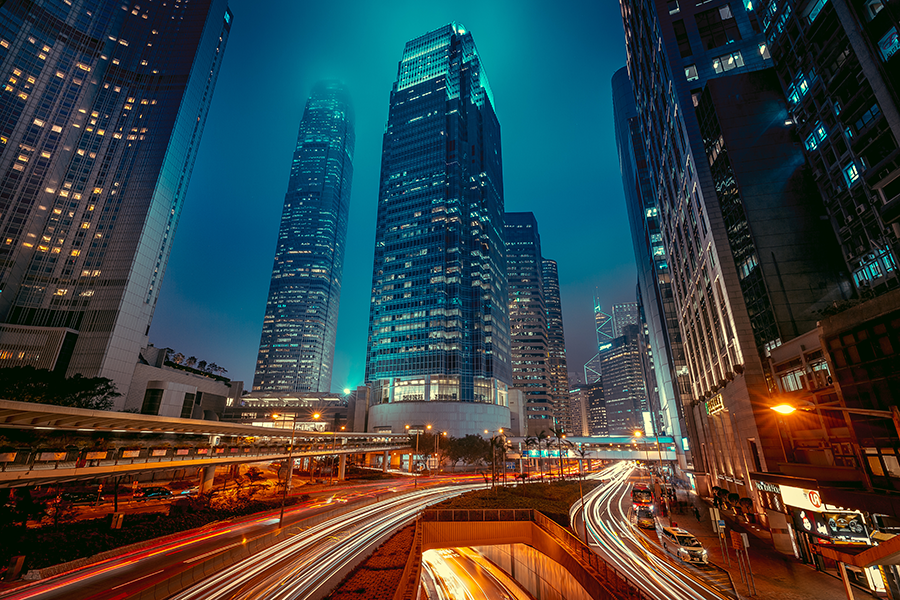
Navigating the Ripple Effects of 2025 Tariffs on Architectural Lighting in New England
Understanding the Tariff Landscape
In early 2025, the U.S. government implemented a series of tariffs aimed at imports from key trading partners:lightedmag.com+15Lighting and Supplies Blog+15The Budget Lab at Yale+15
-
China: Tariffs on Chinese imports, including LED chips and drivers, have surged to a combined rate of 104%, significantly inflating the cost of these critical components. Yicai Global+2Inside Lighting+2Lighting and Supplies Blog+2
-
Mexico and Canada: A 25% tariff has been imposed on imports from these neighboring countries, affecting a broad range of materials and components used in lighting manufacturing. LinkedIn+4Reuters+4Lighting and Supplies Blog+4
These measures are part of a broader strategy to bolster domestic manufacturing but have immediate implications for the lighting industry, which relies heavily on a global supply chain.
Impact on Lighting Components
The tariffs are causing a cascade of cost increases across various components:Lighting and Supplies Blog
-
LED Modules and Drivers: With China being a dominant supplier, the heightened tariffs have led to price surges, affecting the affordability and availability of these components.
-
Aluminum Housings and Heat Sinks: The 25% tariff on Canadian aluminum imports is elevating the costs of these essential parts, which are fundamental to luminaire construction. Yicai Global+19Lighting and Supplies Blog+19Inside Lighting+19
These increases are not isolated; they ripple through the entire supply chain, impacting manufacturers, distributors, and ultimately, project budgets.Business Insider
Responses from Industry Leaders
Major lighting manufacturers are adjusting to these economic pressures:EdisonReport+6Inside Lighting+6Yicai Global+6
-
Acuity Brands and RAB Lighting: Both companies have announced price increases on their products to offset the rising costs of imported components. COMMUNITY LIGHTING & ELECTRIC SUPPLY+1aceledlight.com+1
-
Signify: The company is exploring operational adjustments, including shifting assembly operations to countries like India and Mexico, to mitigate tariff impacts. Reuters
These strategic moves reflect the industry's efforts to maintain stability and continue delivering quality products amidst economic fluctuations.
Implications for Regional Projects
For architects, electrical engineers, interior designers, and lighting designers operating in Northern New England, these developments necessitate proactive measures:
-
Budget Reassessment: Project budgets may require adjustments to accommodate increased lighting component costs.
-
Supply Chain Evaluation: Exploring alternative suppliers or domestic manufacturing options could mitigate some tariff-related expenses.Wikipedia+30thespruce.com+30MarketsandMarkets+30
-
Design Flexibility: Incorporating adaptable lighting designs may provide cost-effective solutions without compromising quality.
Looking Ahead
While the current tariff environment presents challenges, it also offers an opportunity for innovation and resilience within the architectural lighting sector. By staying informed and adaptable, professionals can navigate these economic shifts and continue to deliver exceptional lighting solutions.JC-LGL+1MarketsandMarkets+1
At Visible Light, we are committed to supporting our clients through these changes, offering insights and solutions tailored to the unique demands of projects in Maine, New Hampshire, and Vermont.

